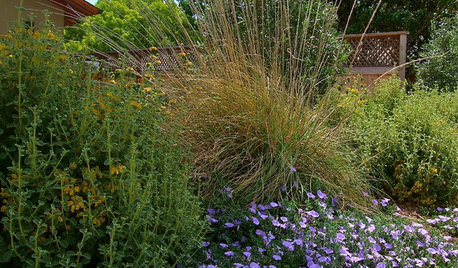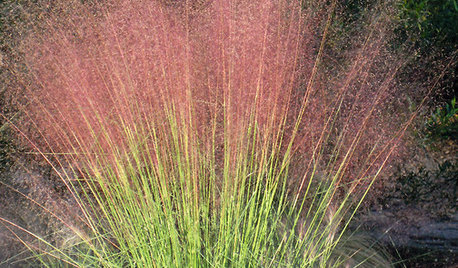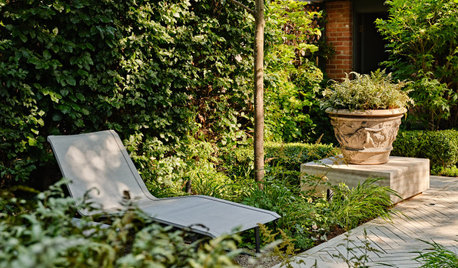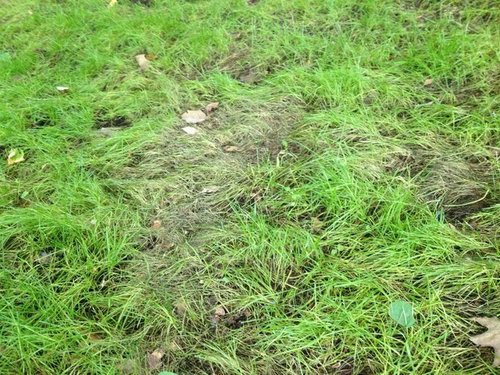Dense shade grass dying - not sure why
shaggy98
9 years ago
Related Stories

GARDENING GUIDESMake Sure You Read This Before Buying New Plants
Follow these 10 plant-selection tips to avoid buyer’s remorse
Full Story
GRASSES10 Ways to Use Ornamental Grasses in the Landscape
These low-maintenance plants can add beauty, texture and privacy to any size garden
Full Story
CENTRAL PLAINS NATIVE PLANTS10 Top Grasses for the Central Plains
Low-maintenance grasses provide seasonal interest and wildlife habitat, and aid good design
Full Story
LANDSCAPE DESIGNIs It Time to Consider Fake Grass?
With more realistic-looking options than ever, synthetic turf can be a boon. Find the benefits and an installation how-to here
Full Story
GRASSESGreat Design Plant: Deer Grass
Give wildlife a snack and give yourself a break — this food-source grass is easygoing in many climates and conditions
Full Story
SUMMER GARDENINGGreat Design Plant: Pink Muhly Grass
Bring billowing clouds of pink to your yard with this heat-tolerant, sun-loving ornamental grass
Full Story
LANDSCAPE DESIGNGreat Design Plant: Retreat to the Shade of Hardy Catalpa
Big foliage and a towering height provide a shady respite in summer, but that's not all hardy catalpa offers dedicated gardeners
Full Story
LANDSCAPE DESIGNFind Yourself in an Epic Garden in the Shade
Feeling hot and tired gardening in the sun? The world of shade gardening beckons you to its cool mystery
Full Story
LANDSCAPE DESIGN7 Great Trees for Summer Shade and Fall Color
These landscape-pro faves straddle the seasons beautifully. Could one enhance your own yard?
Full Story
LANDSCAPE DESIGNHow to Create a Beautiful Shade Garden
Turn the cool, shady spot in your garden into your own quiet oasis
Full StoryMore Discussions








shaggy98Original Author
forsheems
Related Professionals
Arnold Landscape Architects & Landscape Designers · Ashburn Landscape Architects & Landscape Designers · South Elgin Landscape Architects & Landscape Designers · Alexandria Landscape Contractors · Wilmington Landscape Contractors · Americus Landscape Contractors · Dedham Landscape Contractors · Fort Payne Landscape Contractors · Olympia Landscape Contractors · Paramus Landscape Contractors · Plantation Landscape Contractors · Kingsburg Landscape Contractors · North Aurora Landscape Contractors · Dickinson Swimming Pool Builders · Pflugerville Swimming Pool Buildersshaggy98Original Author
forsheems
dchall_san_antonio
agrocoders
dchall_san_antonio
agrocoders
shaggy98Original Author
forsheems
dchall_san_antonio
shaggy98Original Author
Don
mantolo
chrisozone